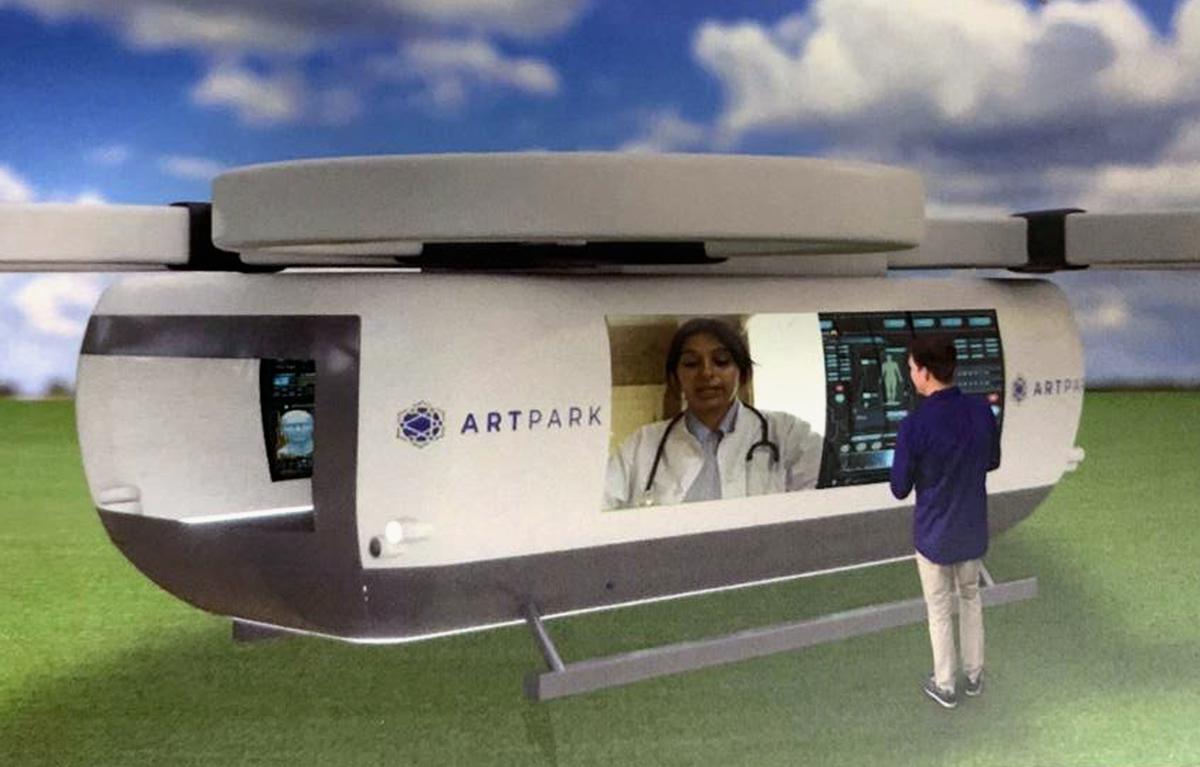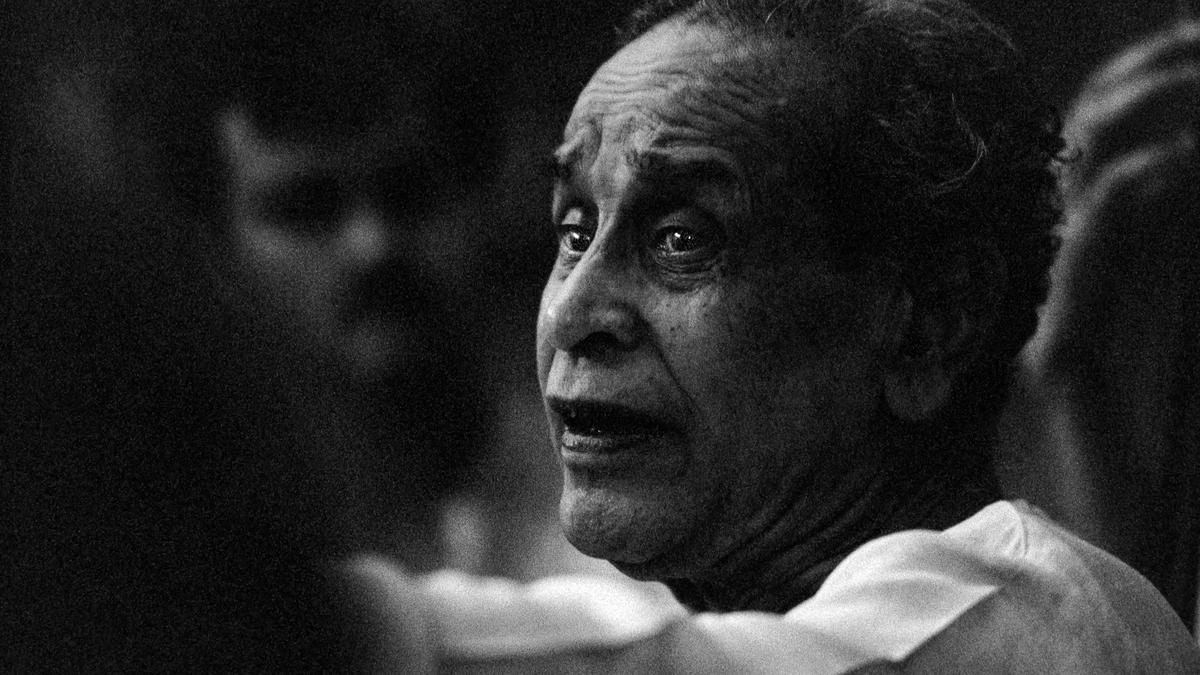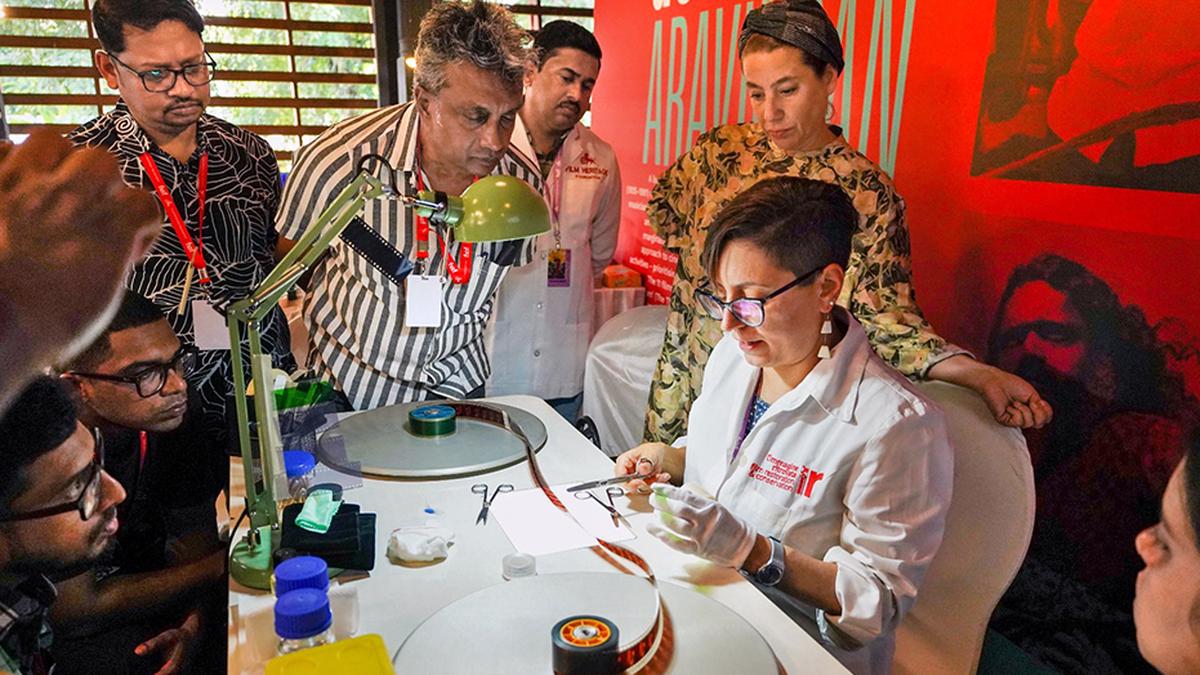IISc’s two ongoing air mobility projects could transform healthcare significantly
IISc’s two ongoing air mobility projects could transform healthcare significantly
AI and Robotics Technology Park (ARTPARK) a not-for-profit foundation promoted by the Indian Institute of Science (IISc) has embarked on two air mobility projects which could transform healthcare in a major way.
One of them is the development of an unmanned aerial vehicle (UAV) for human organ transportation and the other an ambitious air ambulance named ‘Aero108’ capable of carrying one patient, one operator, one paramedic (humanoid) and life support systems for the patient. The vehicle can also be used to transport up to 350 kg of useful cargo.
For organ transport
To start with, a team in ARTPARK is working on developing a UAV which will enable quick human organ transport. “When we have to transport human organs there is a specific time within which they are viable for transplant. There are organ retrieval hospitals and organ transplantation hospitals. What we are going to do is to connect them through a network of aerial vehicles,” said Ansar H. Lone, technical lead-Aircraft Systems Engineering, ARTPARK.
He added that once the organs are retrieved they can be transported to a place where it has to be transplanted to a patient.
“Äpart from cutting a significant amount of time, by using these UAV’s we will be able to cover over 200 km in one sortie with a speed of 100 Km/h. This project is currently under development. We are to begin manufacture of the prototype by the end of this year and start testing by the mid of 2023,” he added.
Air ambulance
The second project is to develop an autonomous air ambulance named Aero108 which can carry two people including the patient and a humanoid who will be playing the role of a paramedic.
According to ARTPARK, Aero 108 will be equipped with state of the art instruments and it can carry out autonomous operations besides having an interactive technology that will connect patients and medical staff even when separated by vast distances.
It added that the Aero108s will be monitored by controlled centre hubs located in various parts of the country. These stations will route the nearest Aero108 to the location of the emergency.
“The Air Ambulance will carry one patient, one operator, one paramedic and life support systems for the patient. The air ambulances will either be at the hospitals or may be a hub. They will take off from there and go to the location where there is an emergency, pickup the patient, and land in the hospital,” said Mr. Lone.
42,000 avoidable deaths
Umakant Soni, co-founder and CEO, ARTPARK, said that as per data available, about 42,000 people die each day in India because they are unable to reach emergency services. “Forget about the villages, even in a place like Bengaluru people are not able to access good hospitals in times of emergency as ambulances are stuck in traffic,” Mr. Soni said.
Mr. Soni added that this is a very complex and highly challenging project. “So this is a 10 year moonshot. We are planning to develop this technology by 2030. This is a very complex project as it is not easy to execute because of all of these complex technologies and you require maturation of all these technologies. Even to develop the basic airframe it is a challenge and then you need the hybrid propulsion system which initially would be with gasoline and eventually it will be with hydrogen,” Mr. Soni added.






